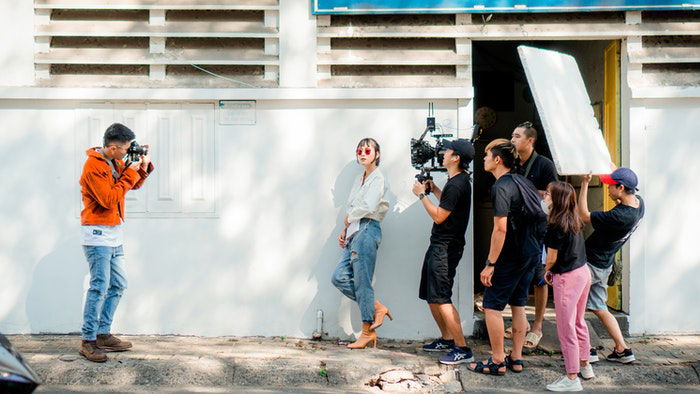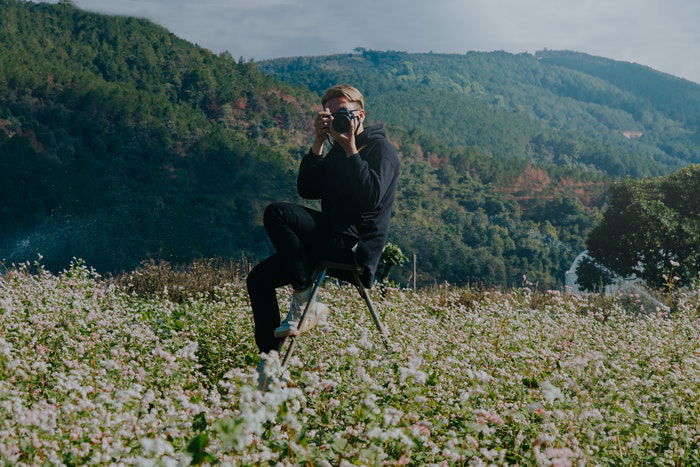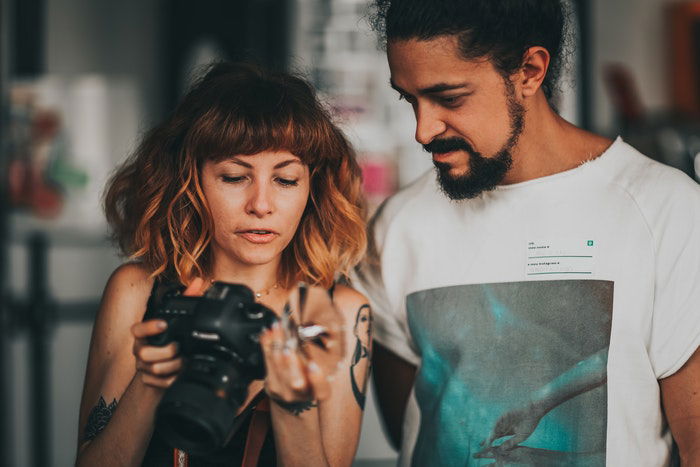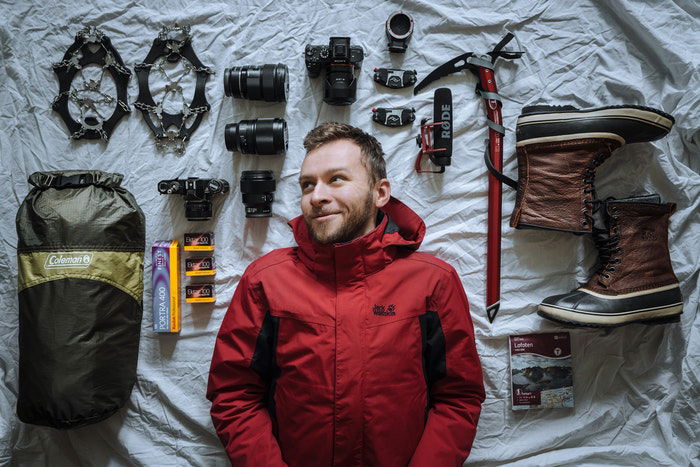The 5 Levels of Amateur Photographers (Which are You in?)
Many amateur photographers quickly lose interest in photography. They can struggle to get started or get easily frustrated. This is especially true for those who make the leap to DSLRs. It’s much harder than it seems to capture what you see.
Digital SLRs are very popular these days, but most people seem to be unaware of the effort it takes to master photography.
Wondering how far you are from becoming a professional photographer? I’ve put together a little guide of the five different levels that you pass on the way. Read through and leave a comment below, letting us know where you’re at!
Level 1 – The Blind Amateur Photographer
- You’re very new to photography, unsure of how any of it works, and you’re not very good.
- You spend the majority of your time shooting on Full-Auto mode, and some of the presets, such as ‘portrait’.
- You bought your camera a few years ago, but don’t remember really using it in the past year or so.
- Photography isn’t what you thought it would be, and you’re not in any real hurry to learn more.
- You would be happy if you could just capture what you see.

- Photo by Kha Ruxury from Pexels
Level 2 – The Confused Amateur
- You know to not use full auto mode, but your knowledge of the other dials is pretty minimal.
- You tried learning aperture once, but you can’t remember whether a higher number gives you more or less light, and what a shallower or deeper DoF is.
- You stopped using pop-up flash, claiming you don’t like flash photography, not realising there was much more you could do with the right gear.
- You want to learn, but again, you don’t know where to start.
- You buy the wrong gear, such as an 18-270mm when you should have purchased a 35mm f/1.8.
- You’re using free editing software which will come back to bite you.

Level 3 – The Promising Amateur
- You go out for the simple purpose of taking photos, and nothing else.
- You’ve taken some great photos recently. You look back at your pictures from a year ago and wonder why you liked them so much.
- You start to carry your camera with you more, seeing more opportunities to take a photo.
- You’re finally investing in the right gear, and this includes quality post-processing software.

Level 4 – The Wise Amateur
- You finally know everything you need to about your camera, such as metering modes and white balance, leading you to take better photos.
- You’re starting to build a good portfolio or strong images.
- You realise the importance of an external camera flash and start using one more often, learning how it works.
- You’ve found the niche that you have the most fun with, and you’ve started to excel in it, leaving other niches behind.
- People start to ask you to bring your camera. Whether it’s to a party or a gathering, you’re known for taking good photos.
- You’ve had a taste of quality photography gear, and you want more of it.

Level 5 – The Obsessive Amateur
- You’ve moved on to more advanced techniques. These challenge you further and increase your skills.
- Perhaps you’ve invested in a way to take your flash off-camera. This is difficult to learn but will improve your photos.
- You’ve started to teach your friends too, who are only at level 2.
- You excel even further in your niche. If you’re into fashion, you start working with makeup artists and models. If you’re into landscapes, you start traveling more to find them, etc.
- You’ve been noticed, and offered your first photography job.
- You start to seriously consider photography as at least another way to earn a living.
- Your camera has become like an extra limb to you.

There’s a process that every amateur photographer goes through before reaching the pro level. Although it’s by no means an exact science, you can see that some steps can’t be missed.
-------------------------------------------------------------------------------

No comments:
Post a Comment
Note: Only a member of this blog may post a comment.